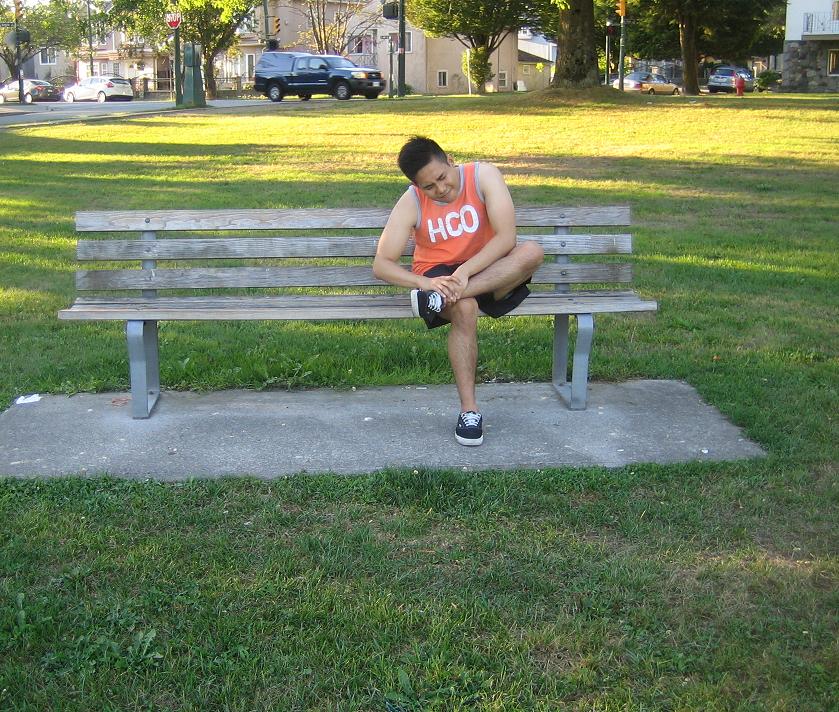Psoriasis is a chronic skin disorder that is characterized by thickened, pinkish to reddish itchy areas of skin covered with white or silvery scales. The rash typically manifests on the elbows, scalp, knees, lower back and genitals but can appear on any body part. In some cases, it can also affect the fingernails.
The skin condition typically starts in early adulthood but can also start later in life. The rash can heal and come back throughout life. Psoriasis is not contagious and does not spread from one individual to another. In most cases, the rash is only limited to a few patches of skin. As for severe cases, it can cover large areas of the body.
How do the rashes start?

Psoriasis begins as a small-sized reddish bumps that expand and scales form on the top. These surfaces easily shed but the scales underneath stick together. Once the individual scratches on the area, the lower scales tear away from the skin that leads to bleeding. As the rash expands, “plaque” lesions start to form.
Symptoms of psoriasis
The rash can be linked with the following symptoms:
- Scaly scalp
- Itchiness
- Dry and cracked skin
- Pain in the skin and joint
- Cracked, pitted or crumbling nails
Do I have psoriasis?
If the individual develops a skin rash that does not subside, a doctor should be consulted. The doctor can carefully check the rash to see if it is psoriasis or another skin condition. In rare occasions, a small sample of the skin is taken for further analysis.
Causes of psoriasis
The exact cause of psoriasis is still unknown even today. The condition usually runs in families, thus it can be passed on to children by the parents.
In psoriasis, the new skin cells develop rapidly. Generally, the skin cells are replaced every 28-30 days. As for psoriasis, the new cells grow and move to the surface every 3-4 days. The accumulation of the old cells being replaced by the new ones produces the distinctive silvery scales.
Management
There are various treatment options for psoriasis. The doctor will choose the ideal treatment plan depending on the severity of the rash, location in the body, age and overall health of the individual as well as other factors.
For limited cases that only covers a few areas of the skin, topical creams or ointments can be given. As for larger areas or there is joint pain indicating arthritis, additional treatment might be required.
The commonly used treatments include the following:
- Steroid creams
- Moisturizers to help relieve the dry skin
- Coal-tar (commonly used for scalp psoriasis)
- Anthralin (medication that works by slowing down the production of skin cells)
- Vitamin D3 ointment

